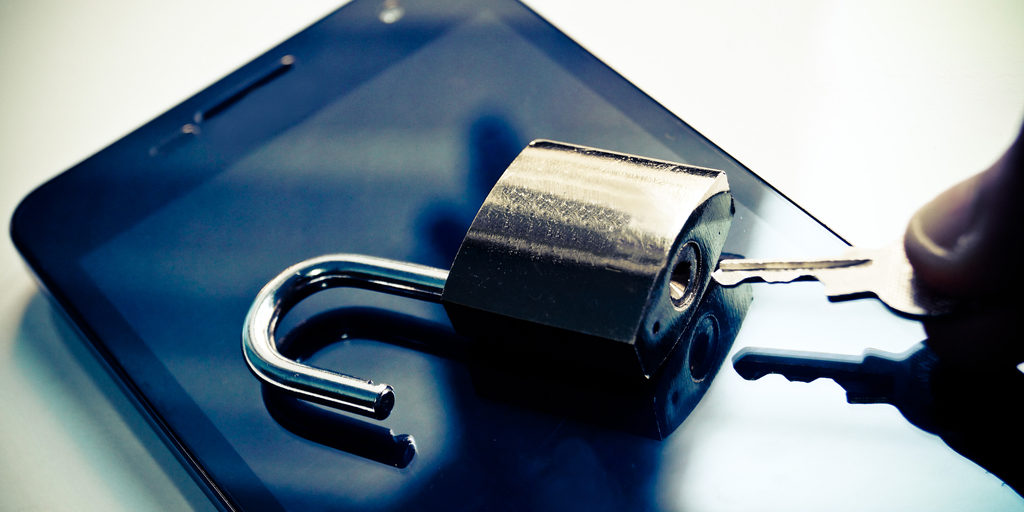
Hackers have figured out how to take over cell phones–and it’s not difficult to do. Learn how to protect yourself from the growing threat of phone hijacking.
What is phone hijacking?
Phone hijacking is simply when criminals take over “possession” of your phone, or more appropriately, everything on your phone. This includes emails, password reset confirmation codes, photos, payment apps, banking information and so forth.
Consider for a second everything that you have on your phone and everything you do with your phone. And now consider that someone else suddenly has control over all that information.
How phone hijacking works
It’s surprising how much information you can find online today. You get someone’s last four digits of their social security number, their address, phone number, and birthdate. Criminals can do a lot with that information, like contact your cell phone provider and play the role of you.
The criminal, pretending to be you, has just enough information to be convincing. And if they’re missing information, they may be able to trick your carrier into transferring service from your old phone to “your” new phone, which the criminal controls.
That’s when your phone loses its signal and goes dead. (Phone hijacking is also known as SIM swapping.)
Who is at risk of phone hijacking?
Long story short: You are.
Anyone who uses a smartphone can be affected by phone hijacking. And there is little to nothing you can do to stop it.
Even technology giants like Jack Dorsey, Twitter’s chief executive, have had their phones hijacked.
Sadly, the problem is only growing.
Over 6% of all identity thefts reported to the Federal Trade Commission in 2016 were related to phone hijacking. And that number has only increased.
Why is phone hijacking dangerous?
Identity theft is a huge concern in our modern world. When criminals have access to your phone, they have access to your private email, bank information, and more.
Theft is a huge concern, particularly for those people who trade in cryptocurrencies. It’s not uncommon for phone hijackers to SIM swap with unsuspecting currency traders who then lose half a million dollars in Bitcoin.
Protect yourself from phone hijacking
There are a few things you can do to try and prevent phone hijacking:
- Make sure you’re using a PIN number (for verification purposes) with your cell phone carrier, and make sure they’re actually using that as a means of verification.
- Don’t open strange emails in general, but especially not on your phone. A phishing attack or malware embedded into special links is often the beginning of the trouble.
- Make sure your passwords are long and complicated.
- Keep your phone number private and don’t list it on your social media accounts.
- Use two-factor authentication.
- If you are a cryptocurrency trader or investor, be discreet about it.
What to do if you’ve been phone hijacked
If your phone randomly stops receiving service and says “emergency calls only” or “no network,” contact your cell provider. Your phone may have been hijacked.
If you know you’ve been hijacked, follow these steps:
- Contact your cell service provider immediately, then change all of your account passwords.
- Check your credit card and bank statements for suspicious charges. Report them immediately.
- Discuss security options with your cell provider, like the PIN verification discussed above.
